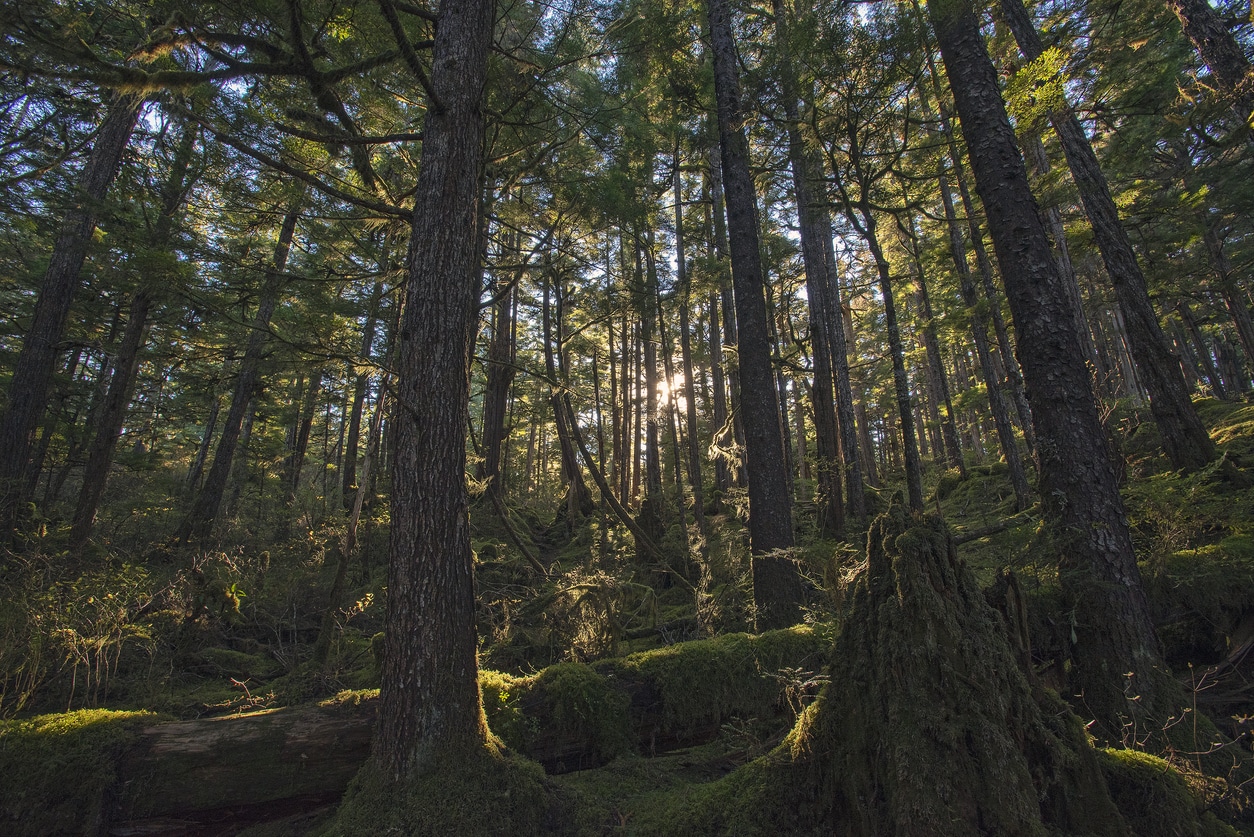Recent Landslide Events Spur Mapping Efforts
The need for detailed landslide mapping has become more urgent as southeast Alaska has seen an increase in deadly landslides over the last decade. Between 2015 and 2024, four major landslides occurred in Sitka, Haines, Wrangell, and Ketchikan, claiming a total of 12 lives. These disasters are part of a broader global trend, as intense rainfall events become more frequent due to climate change. In Ketchikan, for instance, a landslide in August 2024 resulted in the destruction of multiple homes and the tragic death of a maintenance worker.
Experts point to climate change—particularly increased rainfall—as a major driver behind the rising frequency of landslides. The dense rainforests of southeast Alaska, perched precariously on steep hillsides, face a growing threat as atmospheric rivers bring heavy bursts of moisture from the Gulf of Alaska, saturating the already vulnerable landscape.
Communities Divided Over Hazard Maps
Although hazard mapping can provide life-saving information, it has not been universally welcomed. In Juneau, Alaska's largest city in the southeast region, the local assembly voted against adopting newly created hazard maps in December 2023. Residents expressed concerns that such maps could label entire neighborhoods as high-risk areas, potentially lowering property values and discouraging development. Many homeowners argue that these risk designations would effectively mark their properties as uninhabitable.
Christine Woll, a member of Juneau's assembly, noted that while safety is crucial, housing shortages are a key concern. "Our number one issue is to make sure people have enough housing," she stated, emphasizing the challenges of balancing safety regulations with the need for more residential space.
Insurance Gaps Highlighted by Landslide Damages
Landslide risks in Alaska also reveal significant gaps in insurance coverage. In the United States, homeowners' insurance typically does not cover damage caused by "earth movement," including landslides. Separate coverage for such events is scarce and prohibitively expensive. In Ketchikan, several homeowners who recently experienced landslide damage reported being denied insurance payouts, leaving them with significant debt and no financial safety net.
Local Efforts to Manage Landslide Risks
Following a landslide in Sitka in 2015 that killed three people, community members and scientists collaborated to create a simple warning system designed to alert residents of landslide risks based on rainfall and soil data. The system, which operates like a traffic light, is the first of its kind in Alaska but has not yet faced a real landslide test.
Soil scientists from the United States Forest Service, including Jacqueline Foss, continue to gather data from Alaska's largest rainforest, the Tongass National Forest, to help forecast when landslides might occur. Despite these ongoing efforts, scientists acknowledge that predicting the exact location of a landslide remains a major challenge due to the varied terrain and extensive coverage of the Tongass.
Moving Forward: Balancing Knowledge and Development
While many Alaskans appreciate the potential value of hazard maps, some prefer not to know about the risks, worried about the implications for property and the ability to develop new housing. As climate change continues to increase the likelihood of landslides, communities in southeast Alaska face difficult decisions about how to balance safety, housing availability, and economic stability.
For scientists, emergency managers, and some residents, the maps represent a critical tool for saving lives. However, the reluctance to embrace such tools highlights the broader conflict between public safety and personal property concerns—a challenge that will likely grow as the impacts of climate change become more pronounced.












